Music For All Project: Fancy Pants
The power of music to significantly impact the lives of children and communities is widely acknowledged. But how can we best harness that power in a way that reaches young people of all backgrounds, circumstances and abilities? And, how can we create a world where all people are viewed equally-where diversity is the point of celebration? As artists, can we build projects that enable all young people’s ideas to be valued? And, how can we grow the capacity to deliver innovative creative projects through unique partnership models?
Music is something we all have inside us and can be a bridge between all people, regardless of age, background, musical training or disability.”
Lily Gower (Music Teacher, SA School for Vision Impaired)
It is these such questions that inspired the vision for the Music for All Project-a pioneering music-education program in South Australia that saw over fifty students with multiple intellectual and physical disabilities collaborate across a weeklong creative music program. The bold design of the project sought to demonstrate the deep potential of a contemporary and inclusive model for music education that positioned students of all abilities at the centre of the creative process, mentored and guided by world-class teaching artists and emerging musicians.
“With a focus on creativity, community, collaboration and inclusivity, we have all witnessed, at every step of the way, the incredible power of music to connect people, improve lives, and ultimately, to make the world a better place.”
Emily Gann (Project Leader)
Under the direction of award-winning composer and educationalist, Paul Rissmann (UK), and London-based violinist, Belinda McFarlane, students from three Adelaide special schools came together to take part in a series of collective composition workshops, supported by early-career musicians from the Australian Youth Orchestra. Inspired by the heart-warming Australian picture book
Fancy Pants, by Kelly Hibbert and Amanda Graham, the five-day program of music-making and creativity was designed to empower and engage students of all abilities and experience.
The challenge for the artistic team to successfully incorporate the ideas of so many students with such highly diverse individual needs required extensive creative thinking, flexibility and commitment. The extraordinary outcomes achieved exceeded all expectations and were a true testament to the deep-level of collaboration and ambition demonstrated by all staff and artists involved in the project. A key indicator of the level of success of the project was the way in which each child personally felt acknowledged, celebrated and valued across the entire creative process.
“It was an uncompromising creative collaboration where literally everyone had the chance to compose and improvise and perform to the best of their ability, and it happened in a way where everyone could push themselves and their different abilities as far as possible while still feeling like a great collaborative ensemble.”
Oliver Schermacher (Trainee Teaching Artist, Australian Youth Orchestra)
On stage, in a sold-out public performance, the students sang, hand signed, danced, played instruments, and narrated, as they performed side-by-side on stage with the AYO Momentum Ensemble and international artists. The concert integrated the musical contributions of all student groups, interwoven with enchanting musical excerpts and songs composed by Paul Rissmann. The event was a joyous and deeply moving celebration of the power of music and community to bring people together.
This show was the best thing I have been to for years. Tears, laughter, hopefulness, joy and all because music brings our souls together in such a powerful way. The children’s faces, the staff delight and the musicians’ smiles said it all and the audience just beamed because they knew they were watching something truly human.”
Kirsty Denning (audience member)
Beyond the artistic achievements of the project, most significant of the successes was the deep level of connection that developed between students, artists, community members and school staff. There is no doubt that the immense impact that the Music for All Project has had on both the school community and the individuals involved will be felt for a lifetime.
“Let’s change lives with music. That’s what we are here to do”
Paul Rissmann (Composer)
Emily Gann
Project Leader
Connecting the Dots in Music This project was made possible by a team of highly committed partners. Project footage available at
www.musicforallproject.com.
Creative Directors: Paul Rissmann (composer), Belinda McFarlane (violinist)
Project Leader: Emily Gann
Music teachers: Lucy Standish, Lily Lorraine, Mala Byam
Delivery Partners: City of Marion, Connecting the Dots in Music, Kilparrin Teaching and Assessment School and Services, Australian Youth Orchestra, Raising Literacy Australia,
Partner Schools: Kilparrin, SA School for Vision Impaired, Suneden Specialist School
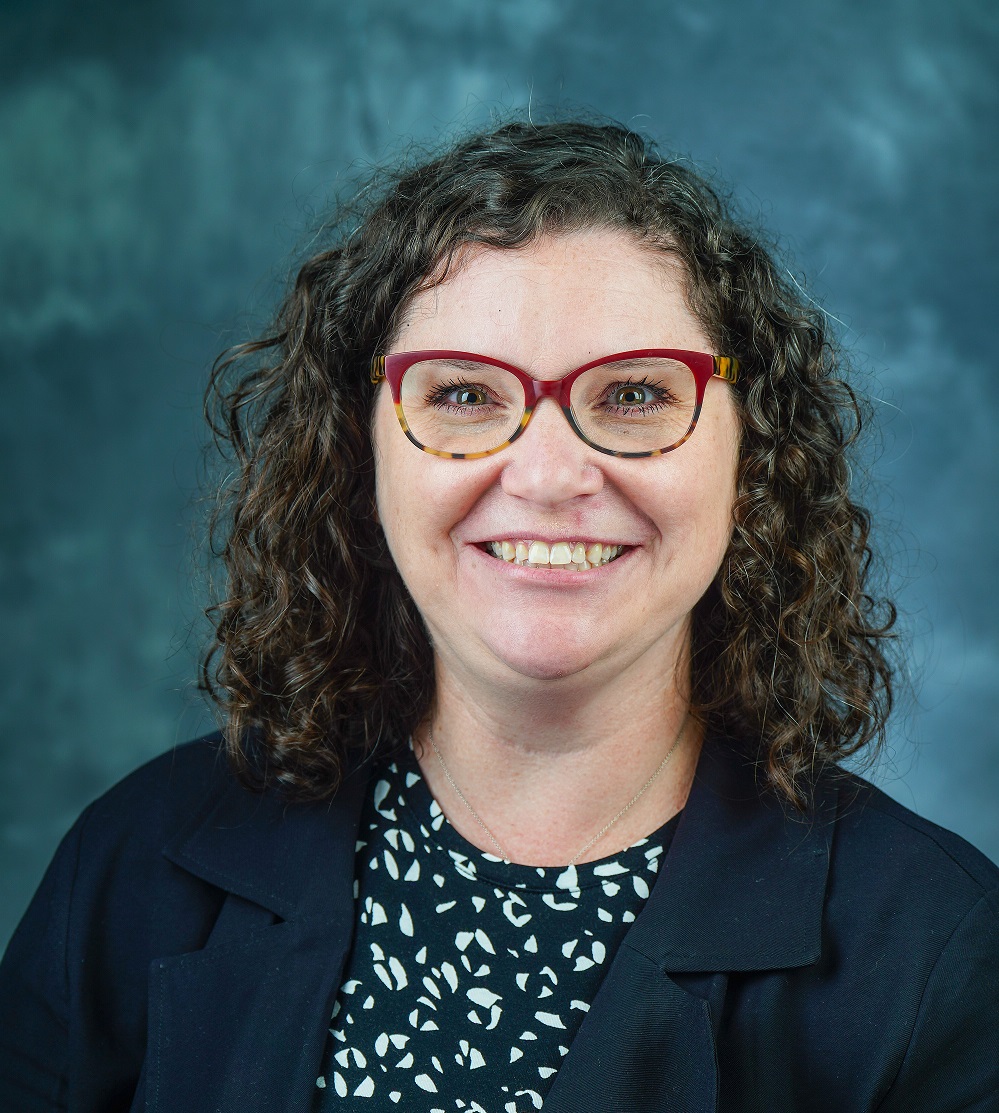

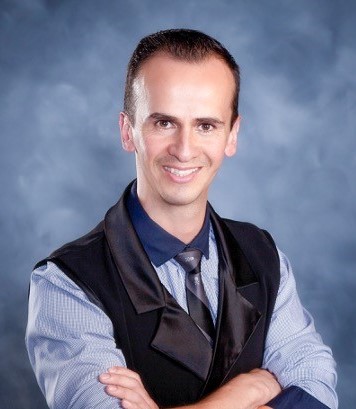
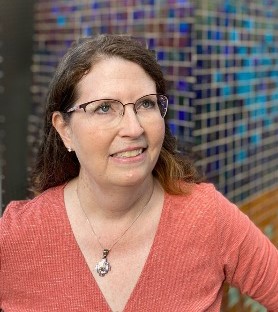

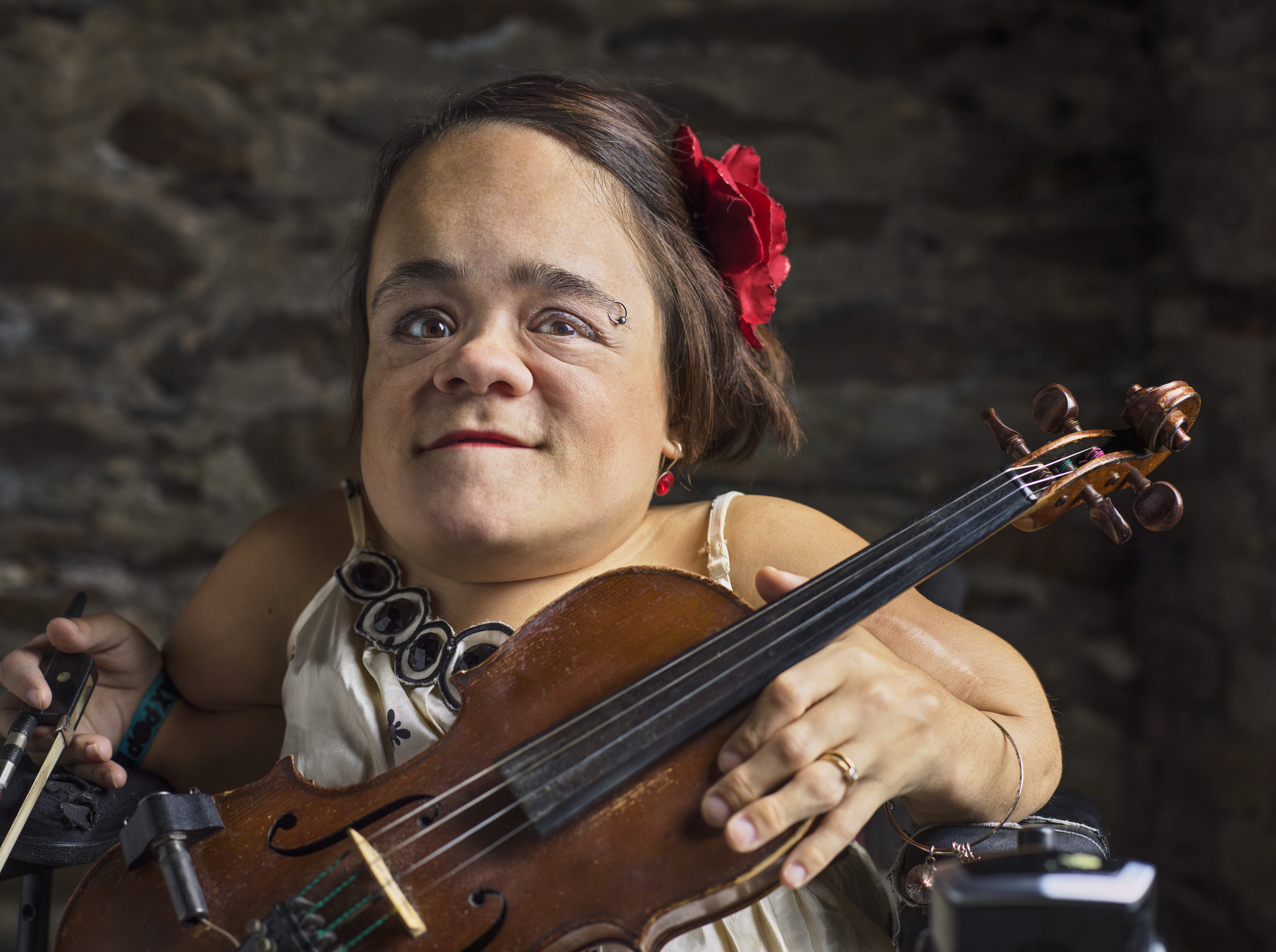 Gaelynn Lea leapt onto the national music scene when she won NPR Music’s Tiny Desk Contest in 2016. Since then, the singer, violinist, songwriter, and public speaker has been touring full-time, sharing her unique mix of haunting original songs and traditional fiddle music with audiences all over the United States and around the world. Here, she talks about her musical background, the memoir she is writing, and why she feels strongly about making music venues accessible for performers and audiences.
Gaelynn Lea leapt onto the national music scene when she won NPR Music’s Tiny Desk Contest in 2016. Since then, the singer, violinist, songwriter, and public speaker has been touring full-time, sharing her unique mix of haunting original songs and traditional fiddle music with audiences all over the United States and around the world. Here, she talks about her musical background, the memoir she is writing, and why she feels strongly about making music venues accessible for performers and audiences. 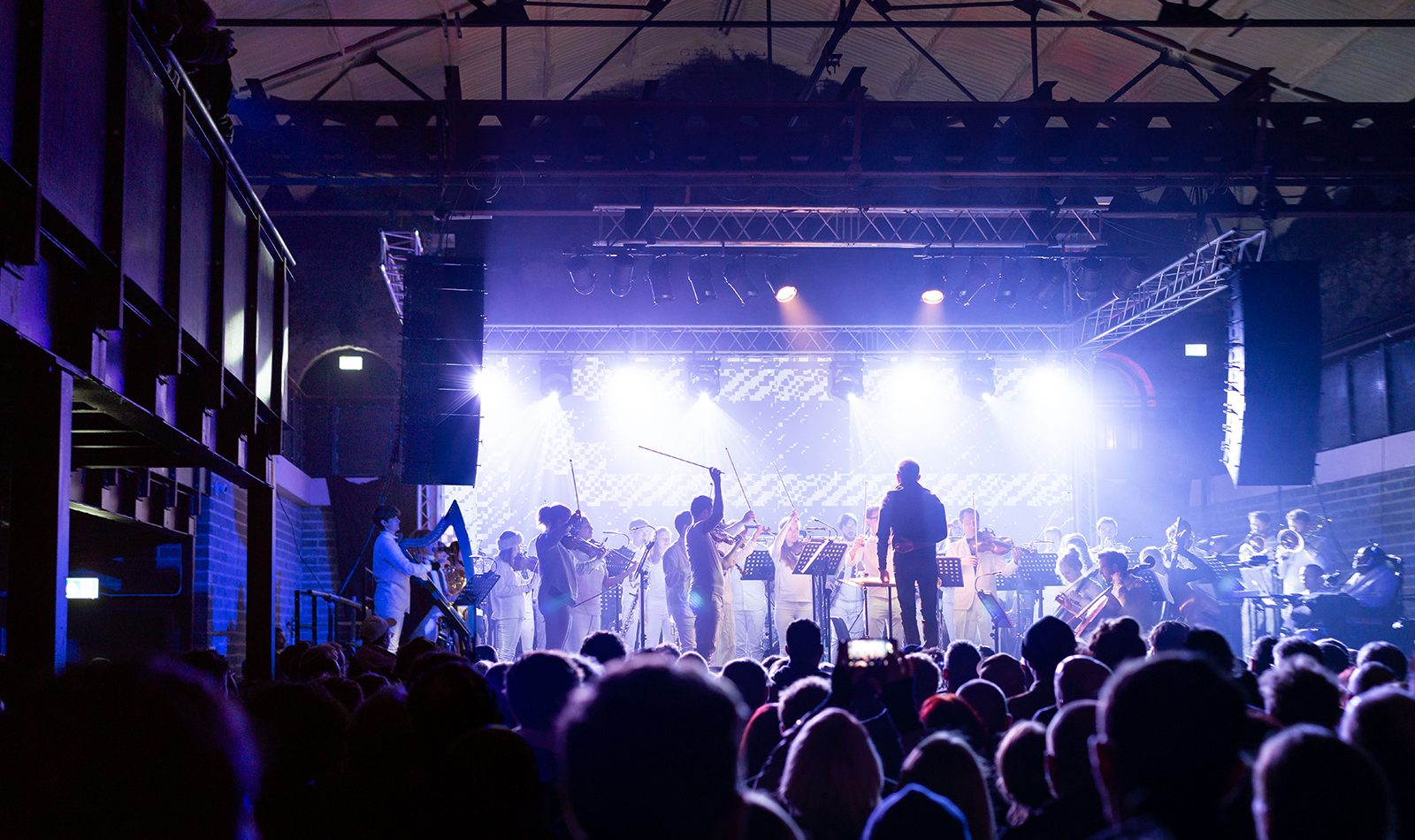 The
The 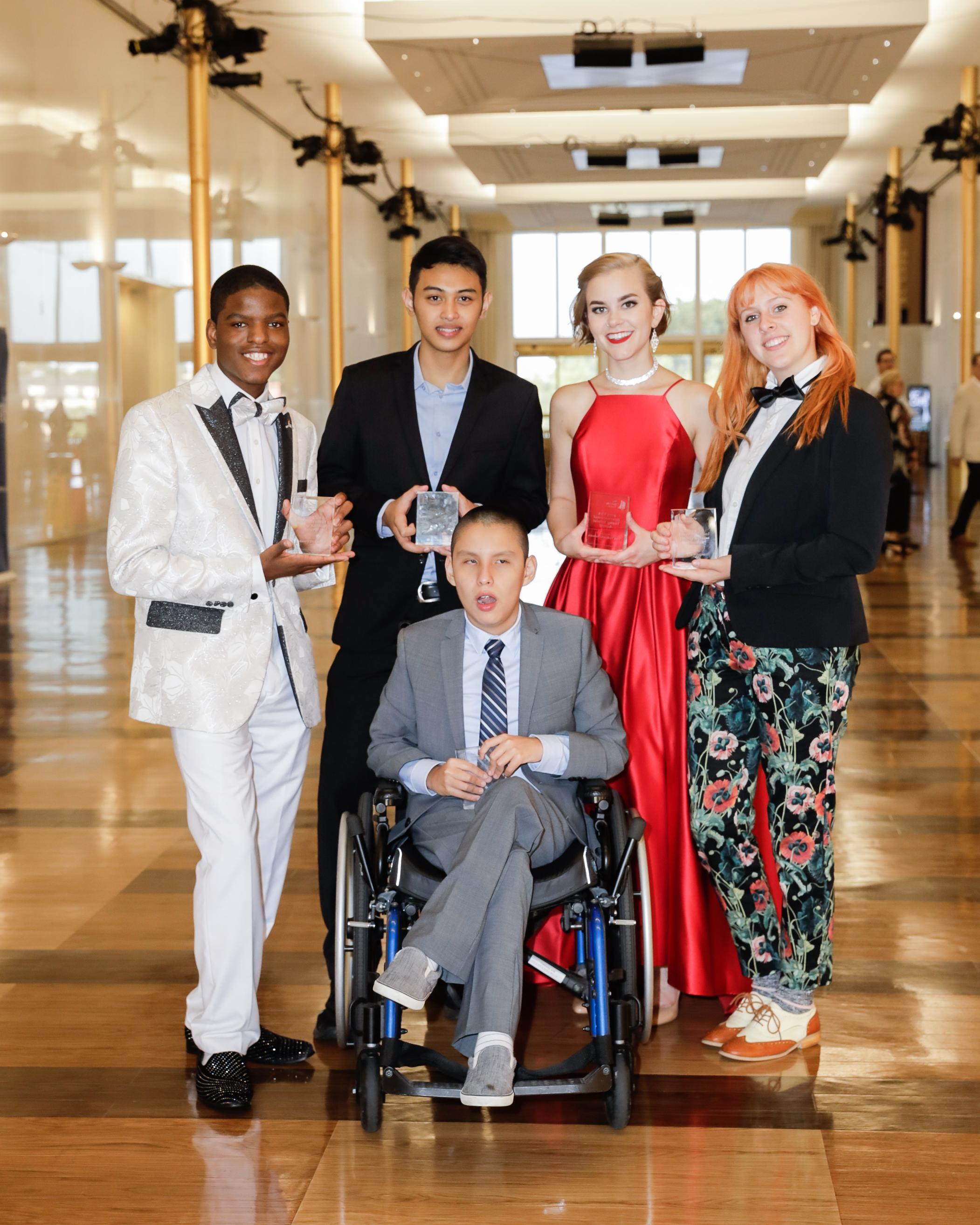 Since 1984, the
Since 1984, the 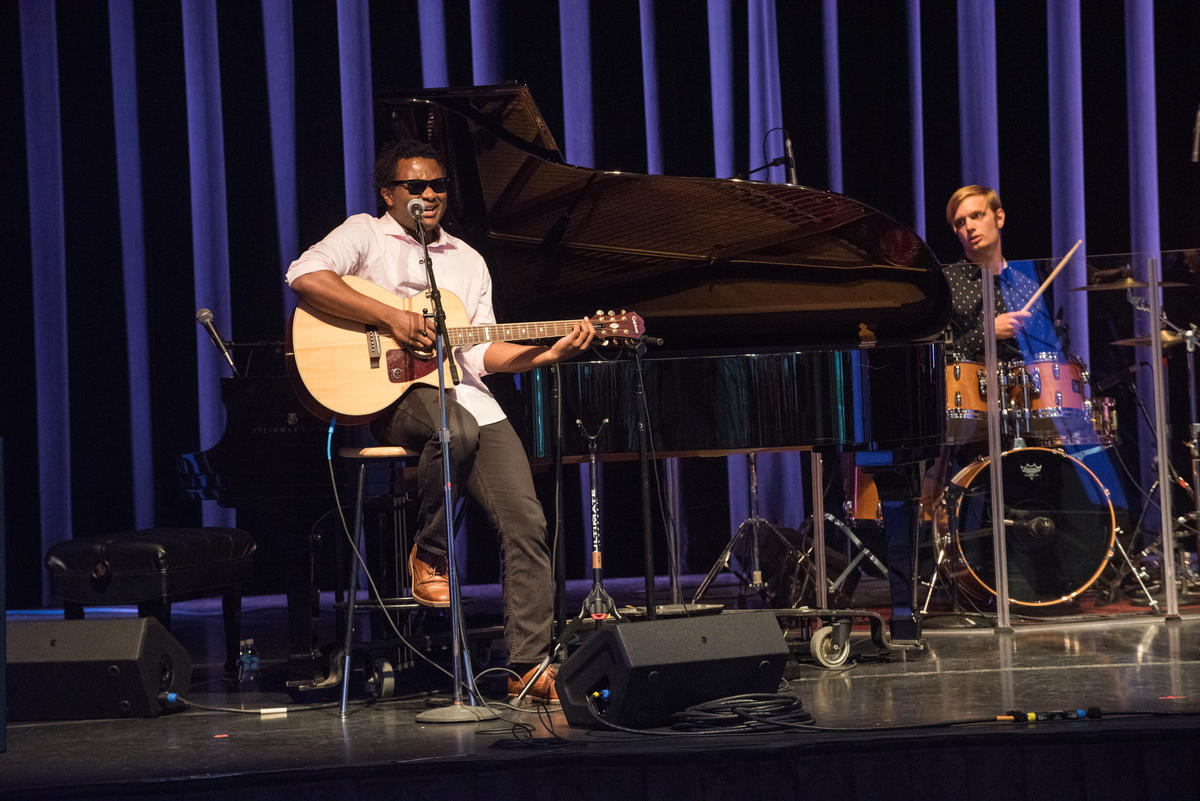 Many people know Blessing Offor from his impressive appearances on the television shows The Voice and Platinum Hit. But before television audiences fell in love with him, Offor was a 2010 VSA International Young Soloists Award winner for his piano and vocal skills. Today, the Nashville-based musician is still writing and performing his infectious original songs, and urges other emerging artists with disabilities to decide to be the best at their artistic practice with “no qualifiers.”
Many people know Blessing Offor from his impressive appearances on the television shows The Voice and Platinum Hit. But before television audiences fell in love with him, Offor was a 2010 VSA International Young Soloists Award winner for his piano and vocal skills. Today, the Nashville-based musician is still writing and performing his infectious original songs, and urges other emerging artists with disabilities to decide to be the best at their artistic practice with “no qualifiers.”